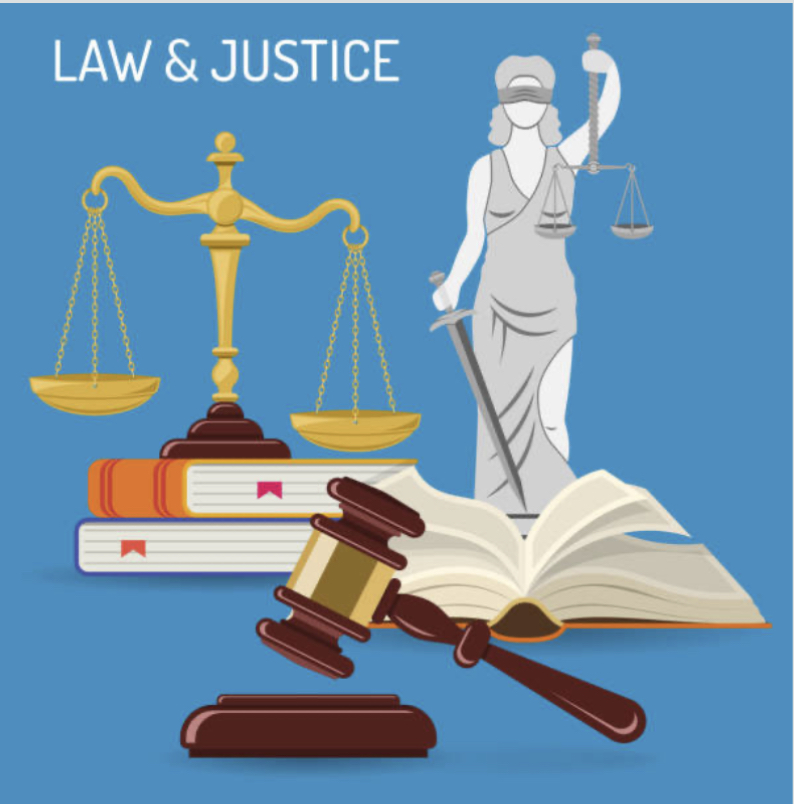Three Strikes Law


Introduction
The Three Strikes Law, originally conceived in the United States in the early 1990s, aimed to address concerns surrounding recidivism and the increasing severity of repeat offenses. The law mandates significantly longer sentences for individuals convicted of a third felony, often regardless of the nature of the crime. Proponents argue that the law acts as a deterrent and prevents repeat offending, while critics contend that it leads to overcrowded prisons, disproportionately affects minority communities, and fails to address the root causes of criminal behavior.
Historical Context
The historical context of the Three Strikes Law is crucial to understanding its origins and the societal factors that led to its implementation. The law emerged in the United States during a period of heightened concern over crime rates and a desire for more stringent measures to address criminal behavior.
During the 1980s and early 1990s, the United States experienced a significant increase in violent and property crimes. This surge in crime rates generated fear and insecurity among the general population, prompting policymakers to search for solutions that would enhance public safety. This atmosphere of fear and the perception of a growing “crime epidemic” provided the political momentum needed for the introduction of tougher sentencing laws, including the Three Strikes Law.
The 1980s also witnessed the emergence of the “war on drugs” rhetoric, which sought to combat drug-related offenses through aggressive law enforcement and strict sentencing policies. These policies often resulted in lengthy prison sentences for even non-violent drug offenders. The influence of this approach spilled over into the development of the Three Strikes Law, as policymakers aimed to address both drug-related and other serious offenses.
The high-profile case of Polly Klaas, a young girl who was tragically abducted and murdered in 1993 by a repeat offender, added to the urgency of enacting stricter laws against habitual criminals. This case, along with others like it, captured media attention and garnered public support for tougher sentencing measures. Consequently, the Three Strikes Law gained traction as a means of incapacitating repeat offenders and preventing them from committing further crimes.
In this historical context, the Three Strikes Law was born out of a desire to respond to rising crime rates and to quell public fears regarding safety. While the law’s proponents believed that harsher sentences for repeat offenders would deter crime and protect society, critics argued that the law’s one-size-fits-all approach failed to address the underlying causes of criminal behavior and risked disproportionately affecting certain communities. As the debate continues, understanding the historical factors that led to the enactment of the Three Strikes Law is essential for assessing its implications and effectiveness in the realm of crime prevention.
Theoretical Foundations
The theoretical foundations of the Three Strikes Law are grounded in deterrence theory from the classical school of criminology, a concept that suggests individuals are dissuaded from engaging in criminal behavior when faced with the threat of severe punishment. This theory assumes that potential offenders will weigh the potential costs (punishment) against the benefits (potential gains from the criminal act) and make rational decisions based on this calculation.
In the context of the Three Strikes Law, proponents argue that the prospect of receiving a lengthy prison sentence after a third felony conviction serves as a powerful deterrent. They contend that the law creates a “three strikes and you’re out” scenario, where individuals are more likely to refrain from committing further crimes due to the perceived severity of the consequences.
Empirical Evidence
The empirical evidence regarding the effectiveness of the Three Strikes Law as a crime prevention strategy is complex and often inconclusive. Various studies have attempted to assess its impact on crime rates, recidivism, and other relevant outcomes. Here are some key findings and considerations:
Crime Rates
Studies examining the impact of the Three Strikes Law on overall crime rates have yielded mixed results. Some research suggests that the law might have led to a modest reduction in certain types of crimes, particularly violent offenses. However, other studies have found limited or no significant decrease in crime rates. The variability in findings might be attributed to factors such as the specific jurisdiction, implementation variations, and the focus of the law on repeat offenders rather than first-time offenders.
Recidivism Rates
Assessing the impact of the Three Strikes Law on recidivism rates has also produced conflicting results. While some studies indicate a potential reduction in recidivism among individuals subjected to the law’s enhanced sentences, others have found no significant effect. Moreover, critics argue that longer sentences might not necessarily address the underlying causes of criminal behavior and may even exacerbate the potential for reoffending upon release.
Selective Deterrence
One aspect that researchers have explored is the selective deterrent effect of the Three Strikes Law. Some evidence suggests that the law might have a more significant impact on deterring certain types of offenders, such as those with a history of violent crimes, rather than deterring all potential offenders. This finding aligns with the idea that the threat of severe punishment might deter individuals who are more likely to weigh the costs and benefits of their actions.
Unintended Consequences
Empirical studies have also highlighted the unintended consequences of the Three Strikes Law. One significant concern is prison overcrowding, as longer sentences for repeat offenders contribute to the burgeoning prison population. This overcrowding can strain correctional facilities, impacting inmate well-being and rehabilitation efforts. Additionally, concerns about the potential for increased violence within prisons due to the presence of more long-term inmates have been raised.
Cost-Effectiveness
The cost-effectiveness of the Three Strikes Law has been a topic of discussion. Lengthy sentences for repeat offenders can lead to increased financial burdens on the criminal justice system, including expenses related to incarceration, legal proceedings, and appeals. The trade-off between these costs and the potential benefits in crime reduction is an important consideration in evaluating the law’s effectiveness.
Disproportionate Impact
Critics argue that the Three Strikes Law disproportionately affects minority communities and perpetuates existing inequalities in the criminal justice system. A disproportionate number of individuals affected by the law come from disadvantaged backgrounds, raising concerns about social justice and fairness.
Ethical Considerations
The ethical implications of the Three Strikes Law include questions about fairness, proportionality, and the potential for rehabilitative justice. Critics argue that mandatory minimum sentences fail to consider individual circumstances and can result in excessive punishment for non-violent offenses.
Alternatives and Reform
Efforts to reform or repeal the Three Strikes Law have gained traction in several jurisdictions. Some alternatives focus on evidence-based rehabilitation programs, diversion programs, and community-based initiatives that address the root causes of criminal behavior. These alternatives aim to strike a balance between holding individuals accountable and promoting long-term reintegration into society.
Conclusion
The empirical evidence suggests that its impact on reducing crime rates is complex and inconclusive. Moreover, its disproportionate impact on marginalized communities and ethical concerns highlight the need for a more nuanced and comprehensive approach to crime prevention that addresses both the punitive and rehabilitative aspects of the criminal justice system. As societies continue to evolve, the conversation around the Three Strikes Law should be grounded in evidence, ethics, and a commitment to promoting justice for all.




